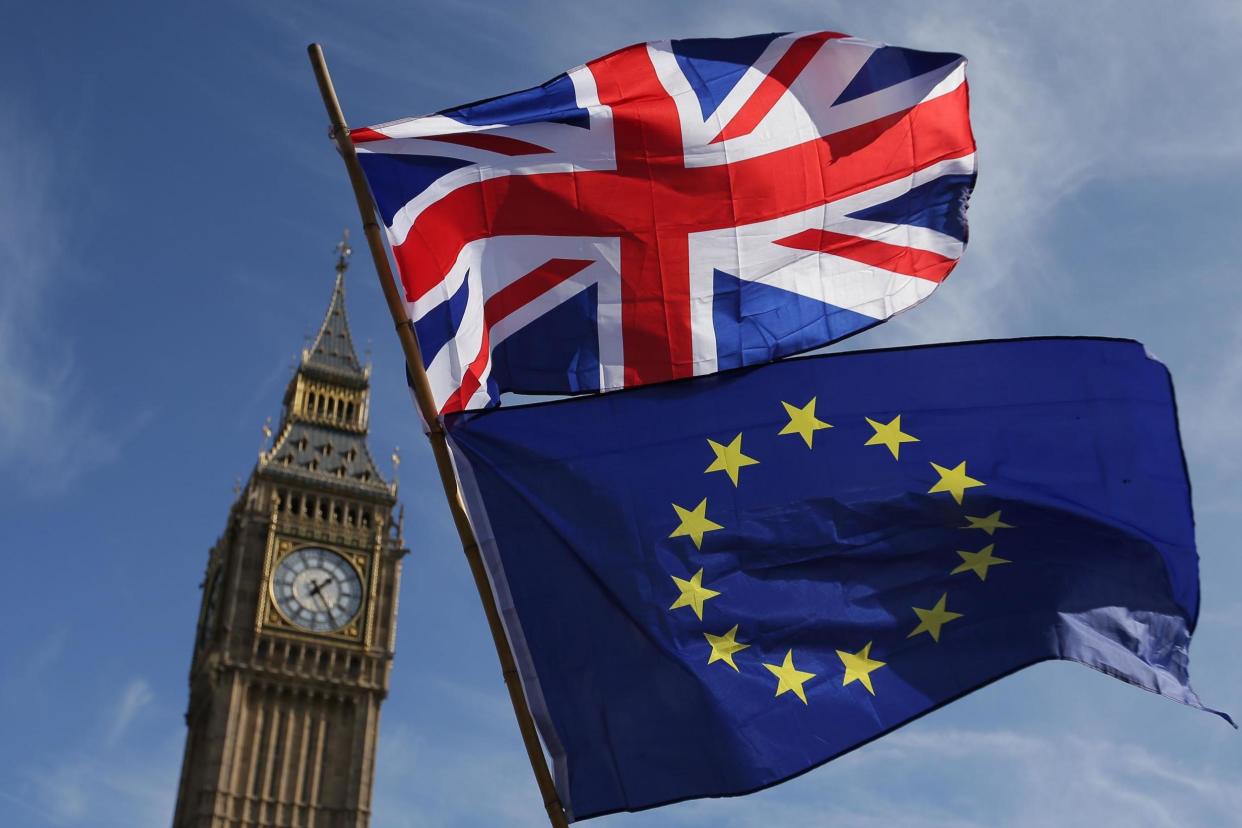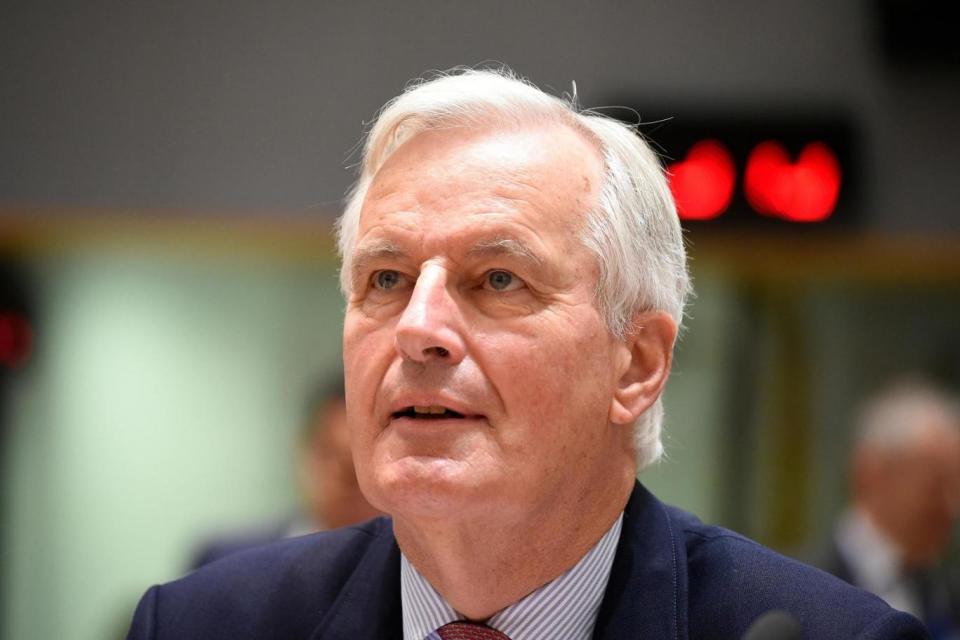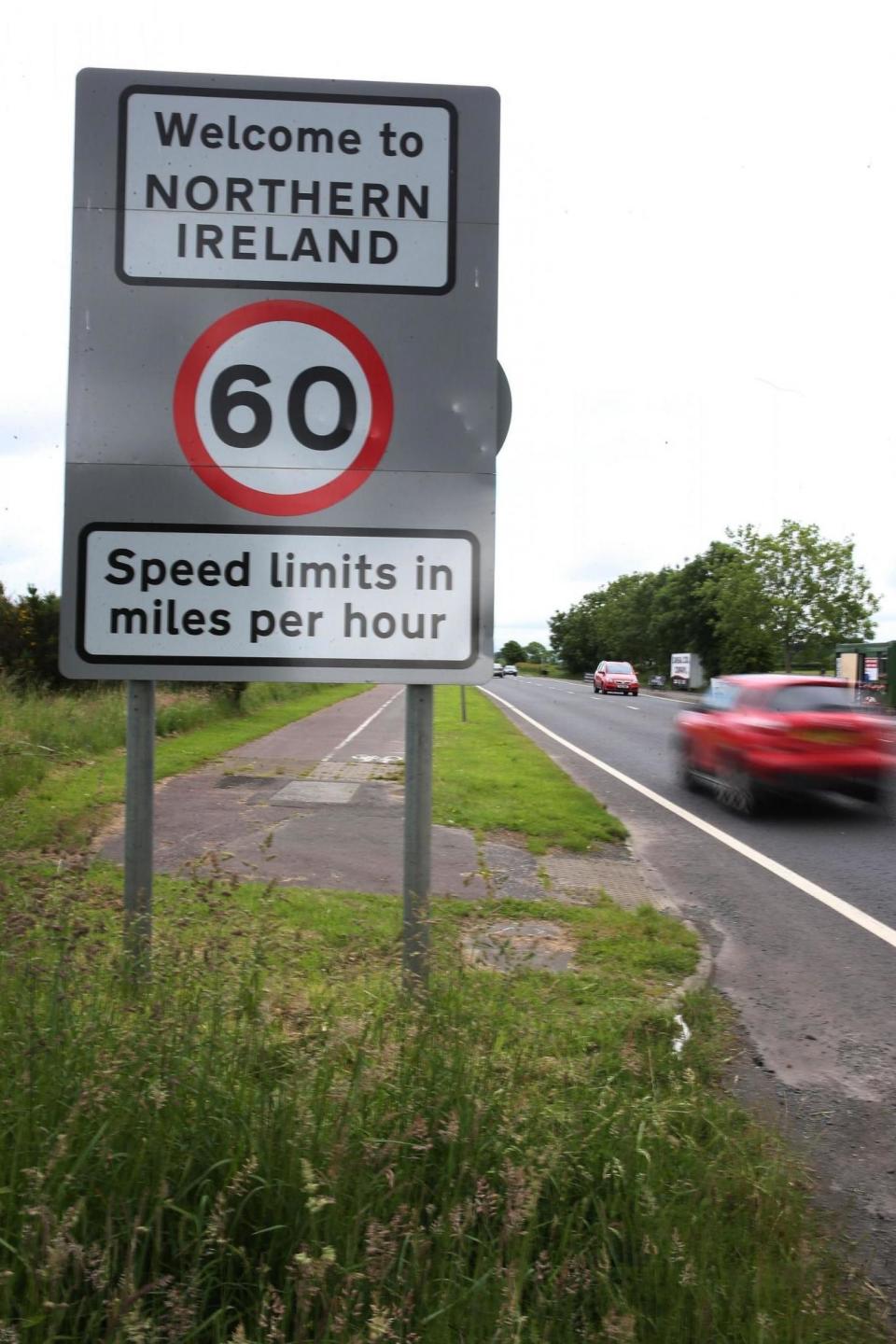Brexit deal: What will happen next? Plus a look back at where are we with Britain's withdrawal from the EU

The Prime Minister and ministers will today gather for a special Cabinet meeting to discuss the next steps after the UK and EU agreed on draft Brexit deal.
Ministers were last night briefed one by one on the contents of the divorce deal which has finally been agreed after months of protracted talks.
Here's everything you need to know about the Withdrawal Agreement and what happens next.
The basics: how did we get here?
The UK voted to leave the European Union on June 23, 2016, with a win by 51.9 per cent to 48.1 per cent for Leave in the referendum.
A two-year period of negotiation was formally triggered by the UK's Article 50 letter on March 29 2017 and Britain has spent more than a year trying to agree on how the divorce will work.
Actual talks were delayed by the snap general election of June 8, 2017.
A Joint Report was agreed by Mrs May and European Commission president Jean-Claude Juncker on December 8, but left some of the most contentious issues to be thrashed out.
A deal must be agreed by negotiators, Mrs May's Cabinet, then MPs and the 27 other EU member states.
Will there be a deal this week?
Downing Street has said the draft agreement has been agreed by negotiators from both sides following intensive talks this week.
Cabinet ministers were invited into 10 Downing Street on Tuesday evening to read through documents. They will gather for a special Cabinet meeting to consider "next steps" at 2pm on Wednesday.
Mrs May is expected to ask them to give their approval to the draft.
What happens next?
In Brussels, the EU's chief negotiator Michel Barnier would have to report to the European Council that "decisive" progress has been made in order for president Donald Tusk to convene a summit - probably in the last week of November - at which leaders of the remaining 27 EU states would be asked to put their stamp on the document.

The agreement would then be sent for ratification to both the Westminster Parliament and the European Parliament. The Government would hope to stage a vote in the House of Commons before Christmas.
If every obstacle is cleared, the deal would come into effect in time for the UK's departure on March 29 2019.
Why is it important to get a deal by Wednesday?
Hopes of an EU summit to sign off on a Withdrawal Agreement this month will be affected if the talks continue on for much longer - there will not be enough time to set up a meeting of the 28 leaders.

The next possible date for a meeting of EU leaders is in December, which could mean a Commons vote on any deal being delayed until after Christmas.
Which documents are being agreed?
Ministers are discussing the Withdrawal Agreement, which is thought to run into hundreds of pages of detail on all aspects of the "divorce".
Alongside it is expected to be a shorter Political Declaration setting out a framework for future relations between the UK and EU in areas like trade and security co-operation.
What is in the Withdrawal Agreement?
The Agreement covers arrangements for disentangling the UK from the EU after more than 40 years of membership.
Key issues are the future rights of British expats living on the continent and Europeans in the UK; the settlement of the UK's financial liabilities, estimated at up to £39 billion; and the status of the border on the island of Ireland.
What has held things up in Brussels?
The main obstacle to an agreement has been the question of the Irish border, which will be the UK's only land frontier with the remaining EU after Brexit.
Neither side wants a "hard" border with physical checkpoints and customs inspections, which they fear could undermine the Northern Irish peace process.

Both sides believe an eventual trade deal should resolve the issue. But Brussels has insisted on a "backstop" arrangement as insurance to protect the border while a deal is negotiated.
EU proposals for a backstop keeping Northern Ireland inside the European customs area were rejected by Mrs May for effectively creating a border in the Irish Sea. Her counter-proposal of a whole-UK temporary customs union was rebuffed by Brussels over the issue of Britain's unilateral right to pull out.
It is understood that the draft agreement introduces a review mechanism for ending the arrangement.
So what happens next?
The Cabinet is not certain to give the plan its backing. Mrs May is acutely vulnerable to resignations from her top team which could massively destabilise her position.
Staunch Brexiters in the Cabinet like Liam Fox, Dominic Raab, Andrea Leadsom, Penny Mordaunt and Esther McVey must be convinced that the deal would not tie the UK too closely to Brussels.
Even if the Prime Minster does get her top team to sign off on the agreement, she will then face resistance from Tory Brexiteers like Boris Johnson and Jacob Rees-Mogg in Parliament.
Mrs May does not have a majority in the Commons and in addition to MPs on her own side, she faces hostility from the DUP, Labour, EU-backing Liberal Democrats and the SNP over her Brexit plans.
If the deal fails to win support in Westminster, the threat of a no-deal scenario could offer Mrs May a powerful lever to persuade MPs to back her.
However, there would also be huge pressure for a "People's Vote" second referendum to give the public the chance to decide whether it still wanted to go ahead with withdrawal.
And Labour would push for a general election to give someone else the opportunity to negotiate a better deal.
Additional reporting by the Press Association.

 Yahoo News
Yahoo News 
